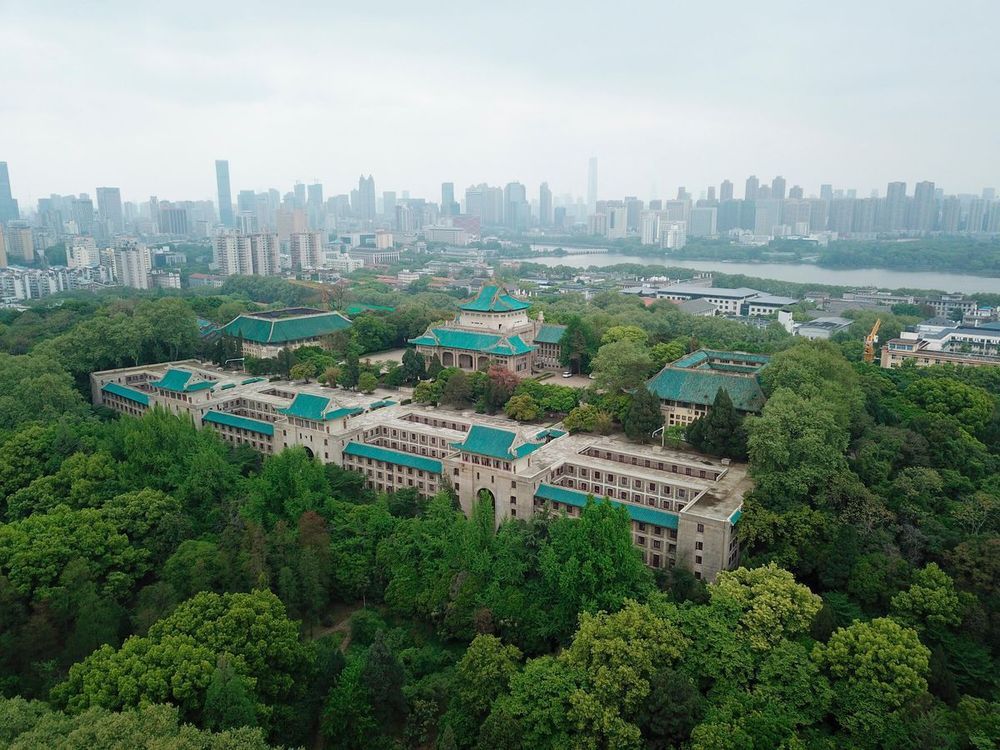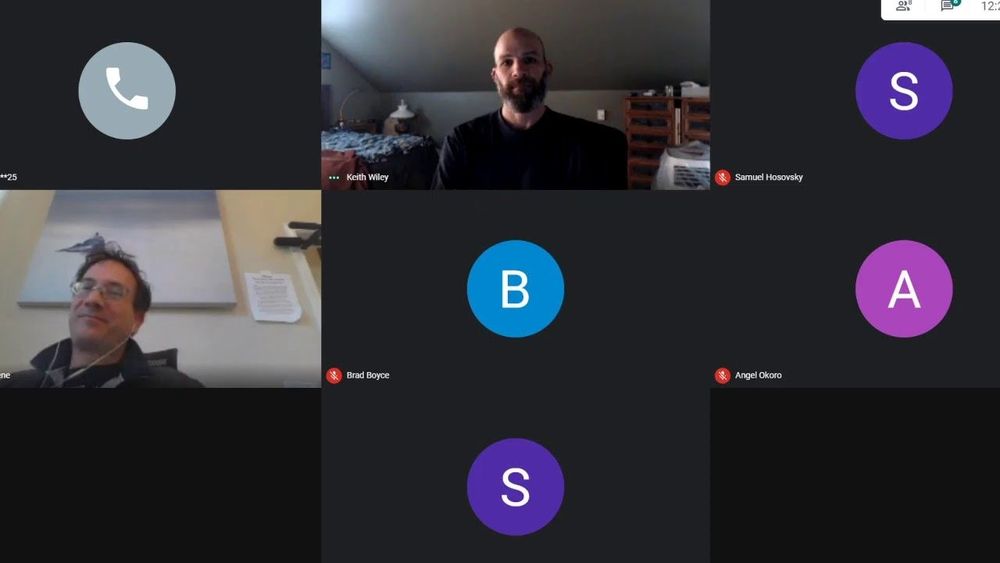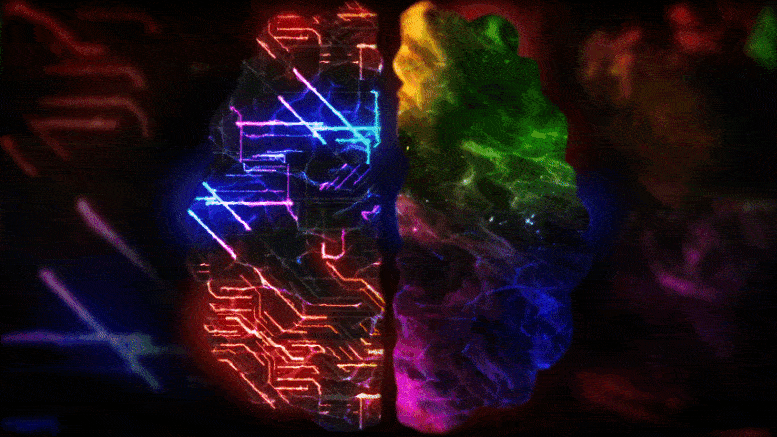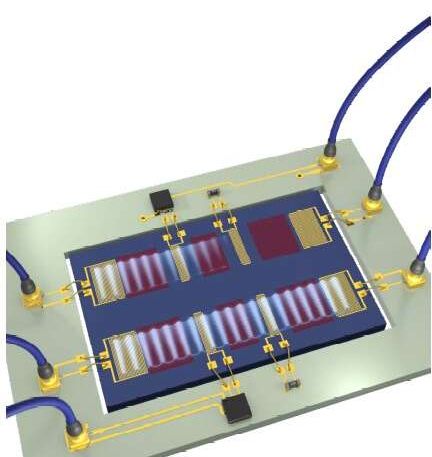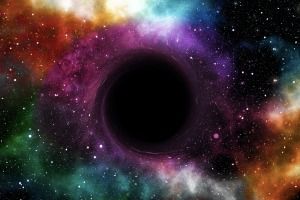Jun 7, 2020
Cuba credits two drugs with slashing coronavirus death toll
Posted by Omuterema Akhahenda in categories: biotech/medical, government, health
HAVANA HAVANA (Reuters) — Communist-run Cuba said this week that use of two drugs produced by its biotech industry that reduce hyper-inflammation in seriously ill COVID-19 patients has sharply curbed its coronavirus-related death toll.
Health authorities have reported just two virus-related deaths over the past nine days among more than 200 active cases on the Caribbean’s largest island, a sign they may have the worst of the outbreak under control.
The government, which hopes to increase its biopharmaceutical exports, has touted various drugs it produces for helping prevent infection with the new coronavirus and treating the COVID-19 disease it causes.

